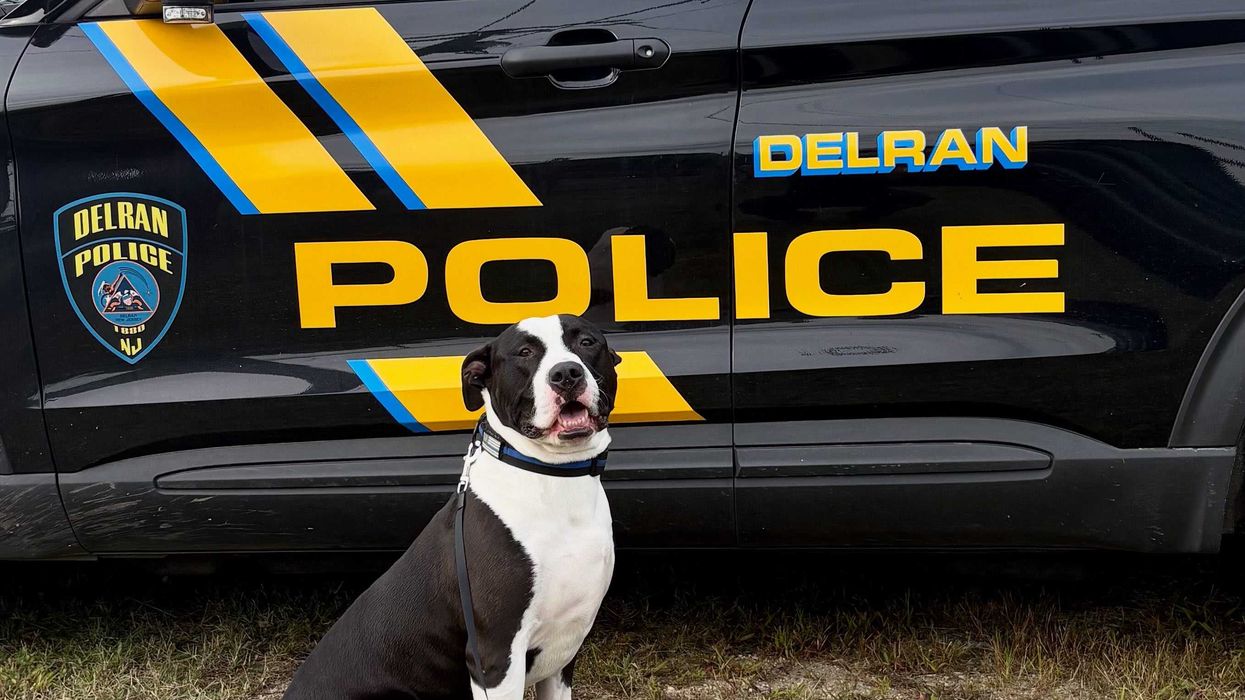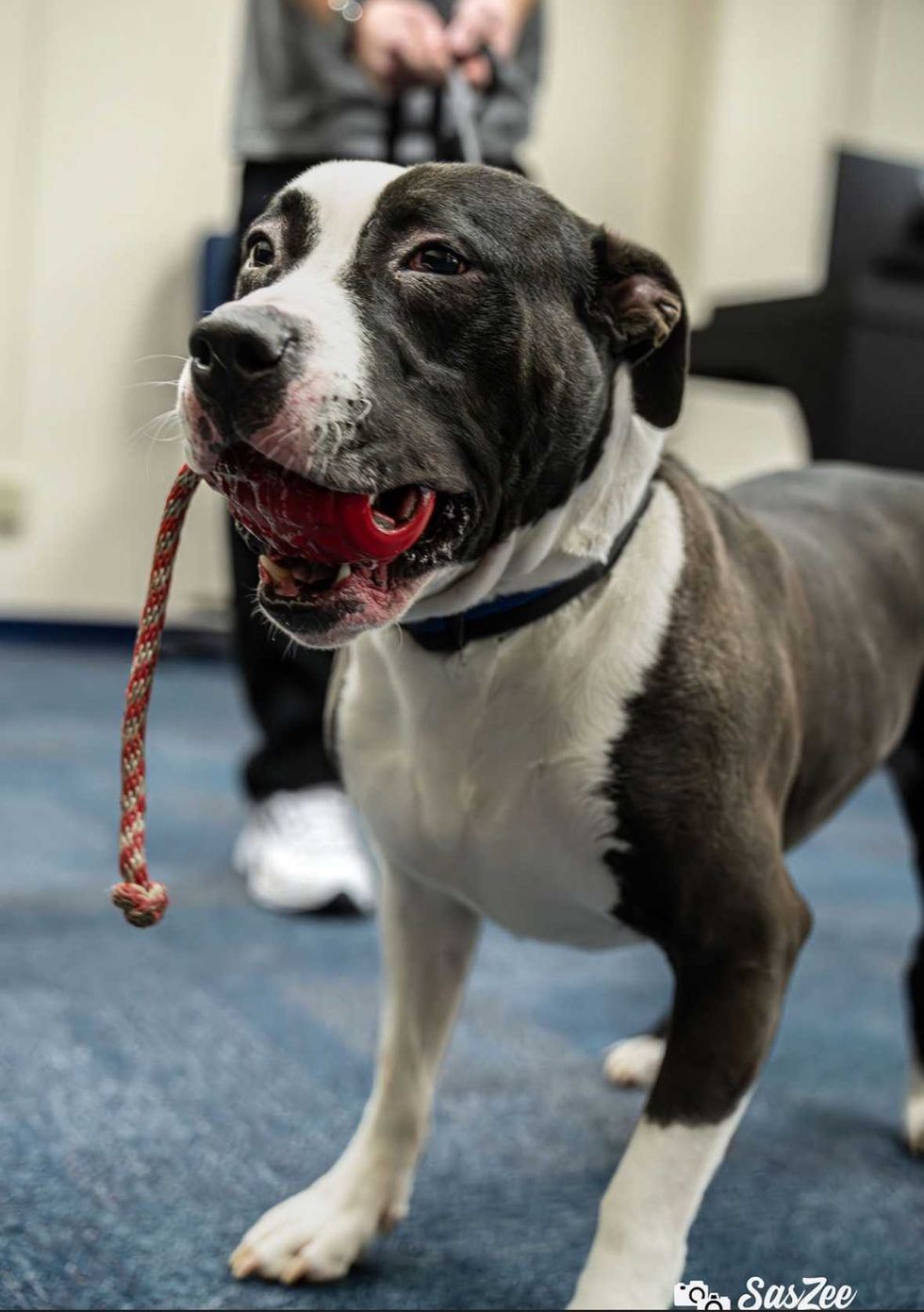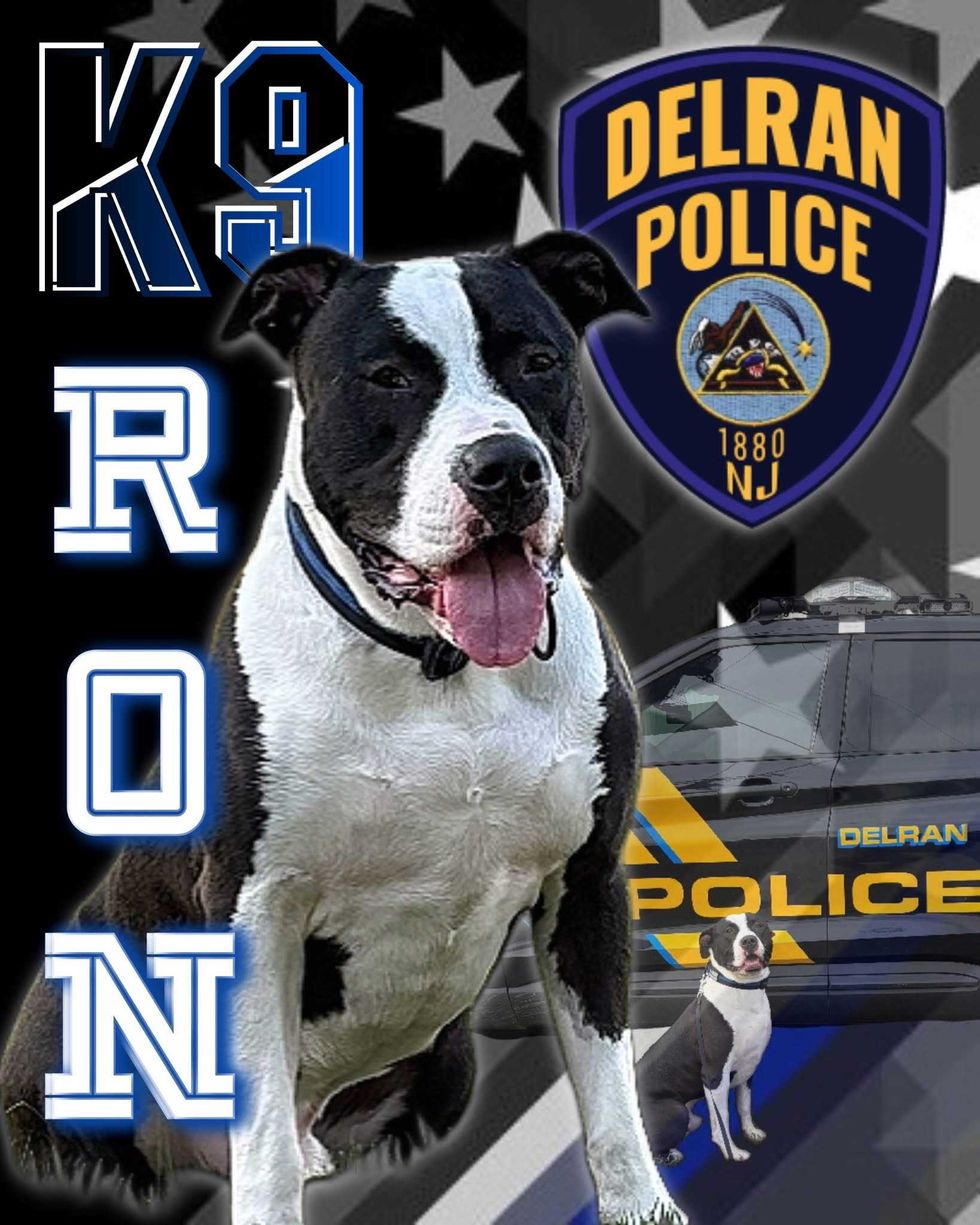Many dog owners swear that their pets watch TV, and that perceived interest can take many forms. Maybe your pooch glances inquisitively at the screen when they hear barking. Perhaps they scan obsessively for squirrels, as if they’re out on a hunt. Maybe they become fixated on a particular sound—like that one dog who has a Pavlovian response to the Love Island theme, understanding on a primal level that it’s their bed time. Regardless, when people say their canines "watch TV," they might not be joking around, and a new study shines light on their potential TV preferences.
To gather their data, researchers from Alabama’s Auburn University recruited 453 dog owners. The team distributed a questionnaire and processed the results using their own "Dog Television Viewing Scale (DTVS)," analyzing "the types of stimuli the dog behaviorally reacted to (animals, inanimate objects) and the sensory domains through which these stimuli were perceived (vision, audition)." They found some fascinating trends, which were published in Nature's Scientific Reports.
- YouTube www.youtube.com
Temperament and TV
Temperament differences played a big role in the dogs’ engagement. More excitable pets exhibited behaviors that suggested an "expectation that the television stimulus exists in the 3D environment (i.e., follow behaviors)." In addition, dogs with more fearful tendencies were more likely to respond to non-animal stimuli like cars and doorbells. "These results," the authors wrote, "suggest that television viewing habits may be predicted by aspects of a dog’s personality and that dogs may represent objects in the 2D television format similarly to the 3D environment." Your dog, it seems, may love watching Animal Planet, or they may get freaked out. They appear to have preferences, just like people.
The research also suggests that television engagement was not shaped by "prior experiences (e.g., amount of television exposure)" or individual characteristics like sex, breed, or age. In addition, the type of stimuli (like a bird or a car) was found to be more important than the sensory domain (sound or sight). Maybe audiobooks are a worthy option to consider.
- YouTube www.youtube.com
Real-Life Applications
The study acknowledges its own limitations, given its heavy reliance on dogs with an already established interest in TV and, further, the self-reporting from pet owners. Regardless, it’s interesting to consider how this data could have real-life applications, like improving the lives of pets in animal shelters. "These results inform toward the perceptual experience of companion dogs and potential dog welfare interventions (e.g., shelter dog enrichment)," the study states. "In practice, engagement with television could provide dogs with an enriching, meaningful experience."
People have been analyzing their dogs’ TV-viewing habits for years—just scroll through social media, and you’ll be barraged with videos. As of 2012, we even have the premium cable network DOGTV, featuring programming intended specifically for pups. "I thought maybe everybody could just use their own TV sets that everybody already has at home to entertain their pets and make them a bit happier when they’re not there," founder Ron Levi said in a YouTube video, explaining why he launched the company. "There is a possible solution here for so many pets who are home by themselves for so many hours, and we always feel bad about it. Pets really are part of our families, and it’s just sad every time you have to walk away and leave them behind."
- YouTube www.youtube.com



















 Ron. courtesy of K-9 Protectors
Ron. courtesy of K-9 Protectors Victoria and Ron.courtesy of Victoria Costa
Victoria and Ron.courtesy of Victoria Costa Ron. courtesy of K-9 Protectors
Ron. courtesy of K-9 Protectors Ron and Tyler at the swearing-in ceremony.courtesy of K-9 Protectors
Ron and Tyler at the swearing-in ceremony.courtesy of K-9 Protectors Ron. courtesy of Victoria Costa
Ron. courtesy of Victoria Costa


 Angela Rafuse and MackenzieAngela Refuse/My Grandfathers Cat/ Instagram
Angela Rafuse and MackenzieAngela Refuse/My Grandfathers Cat/ Instagram

